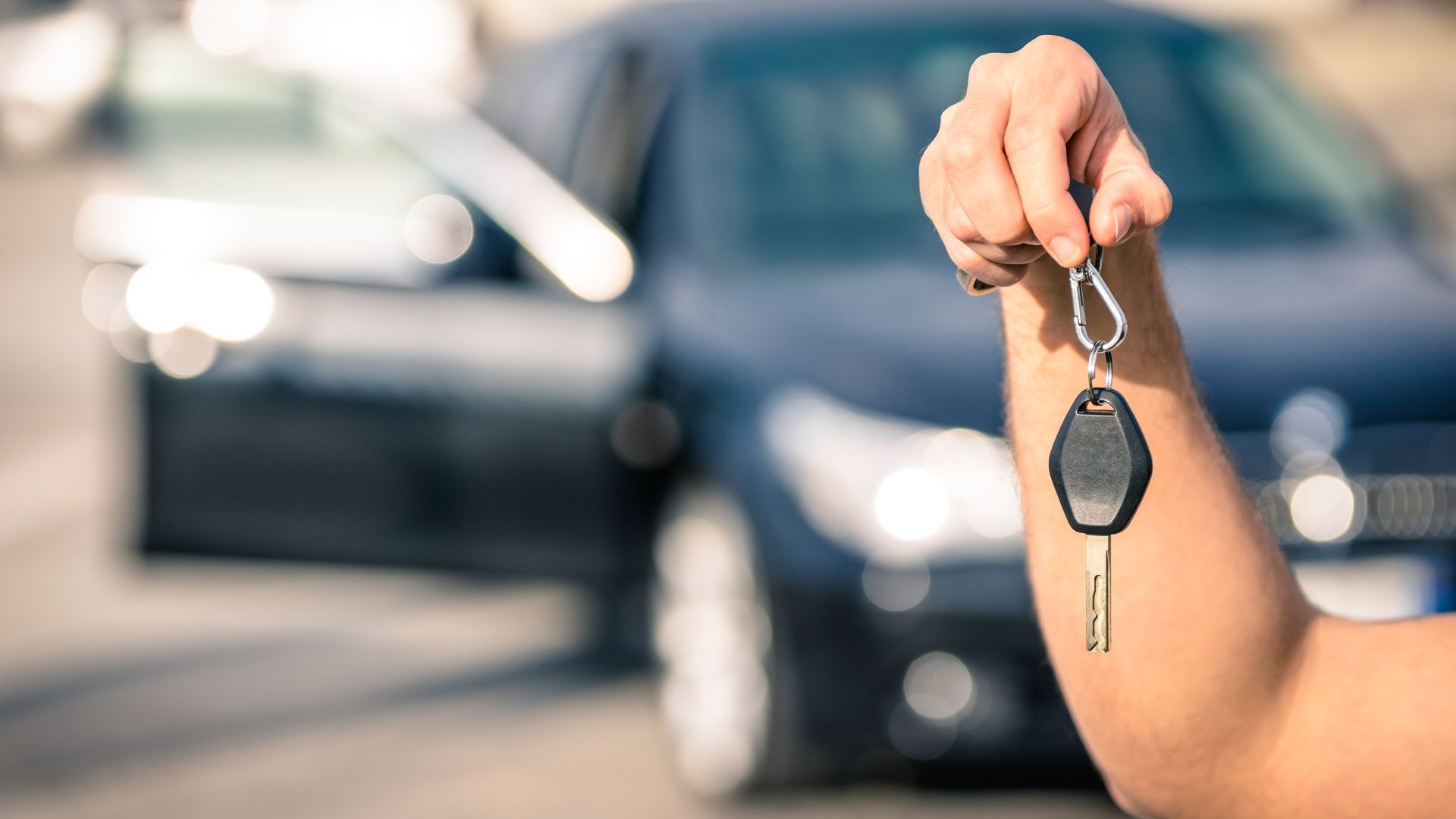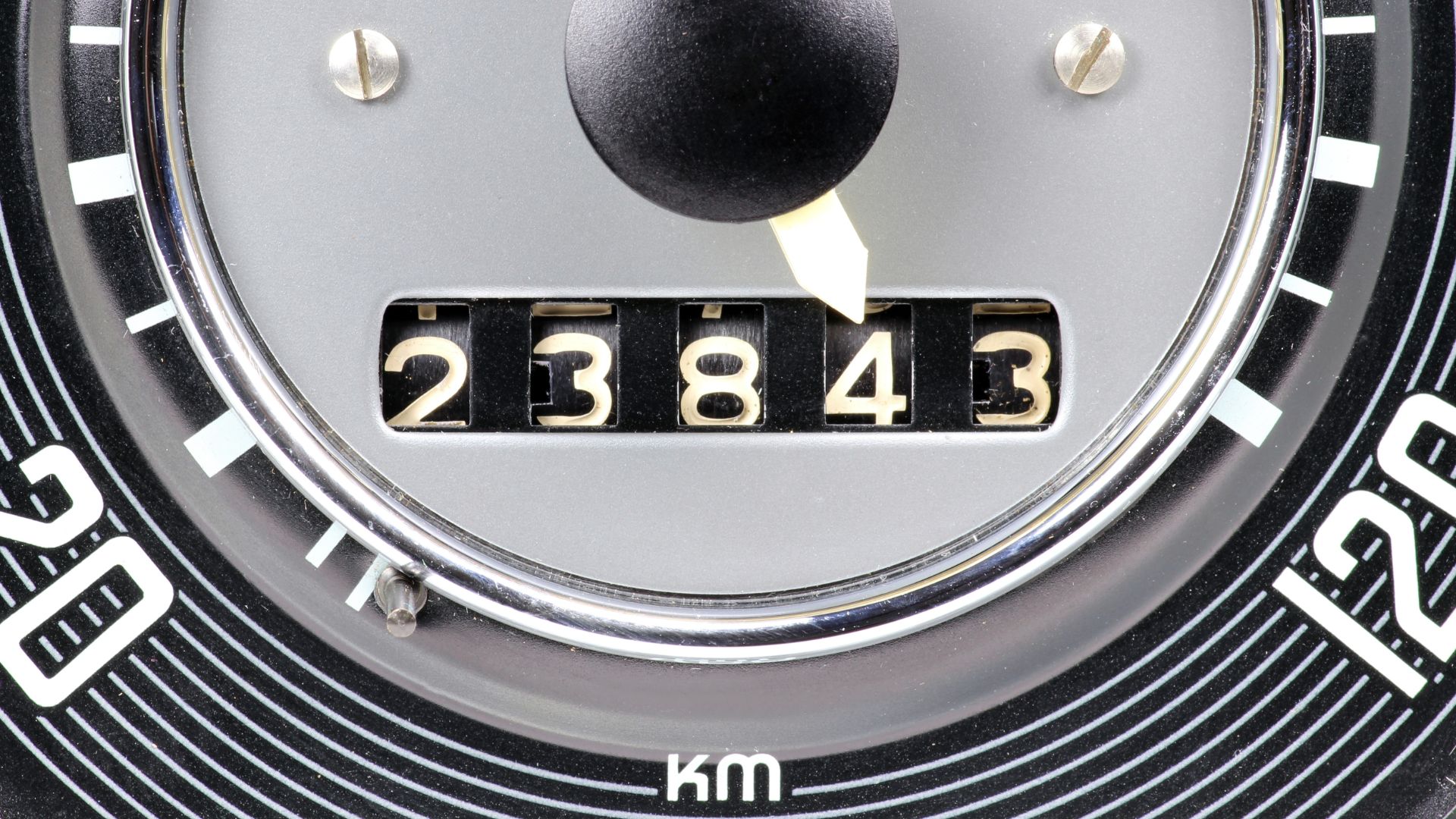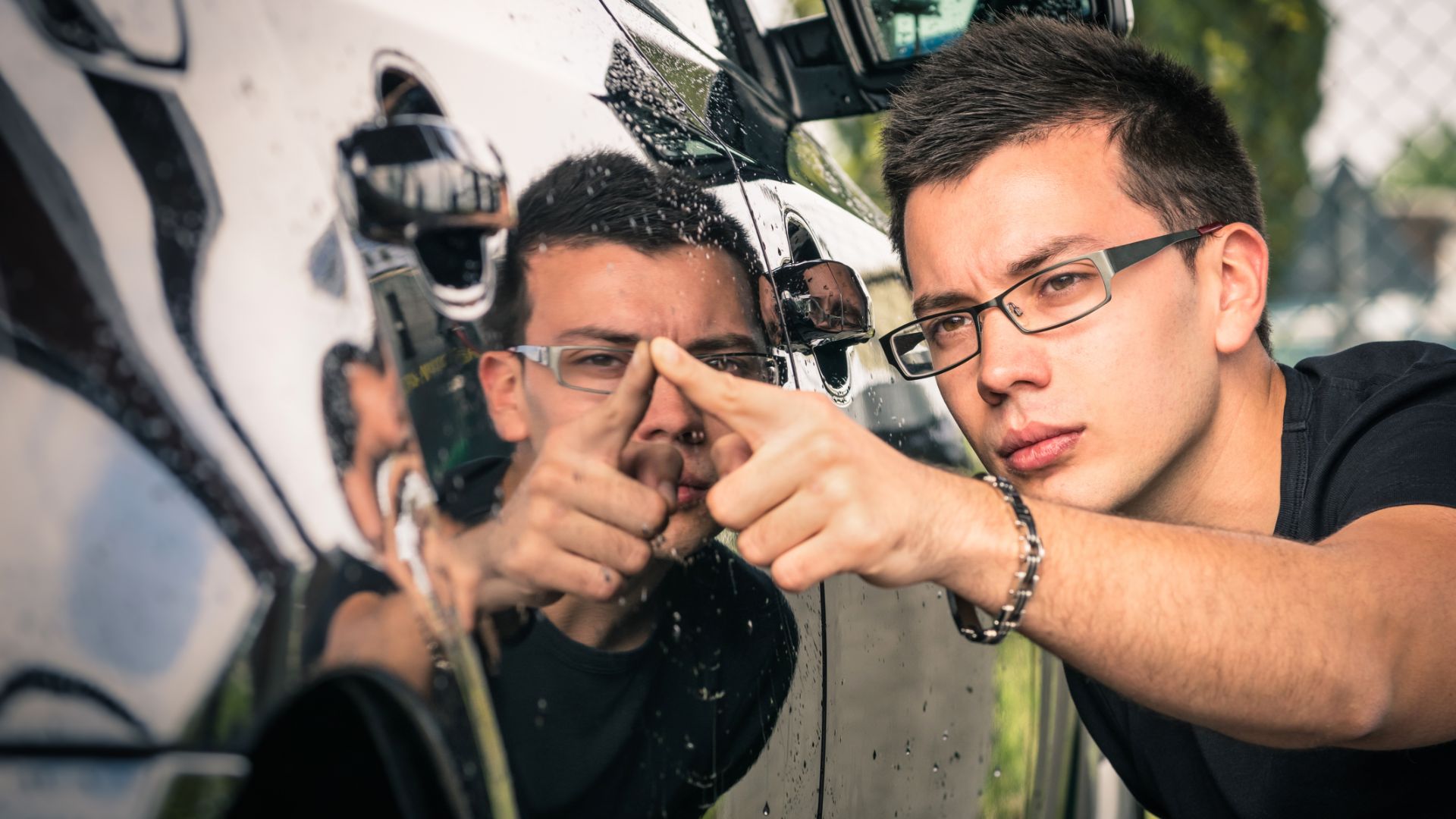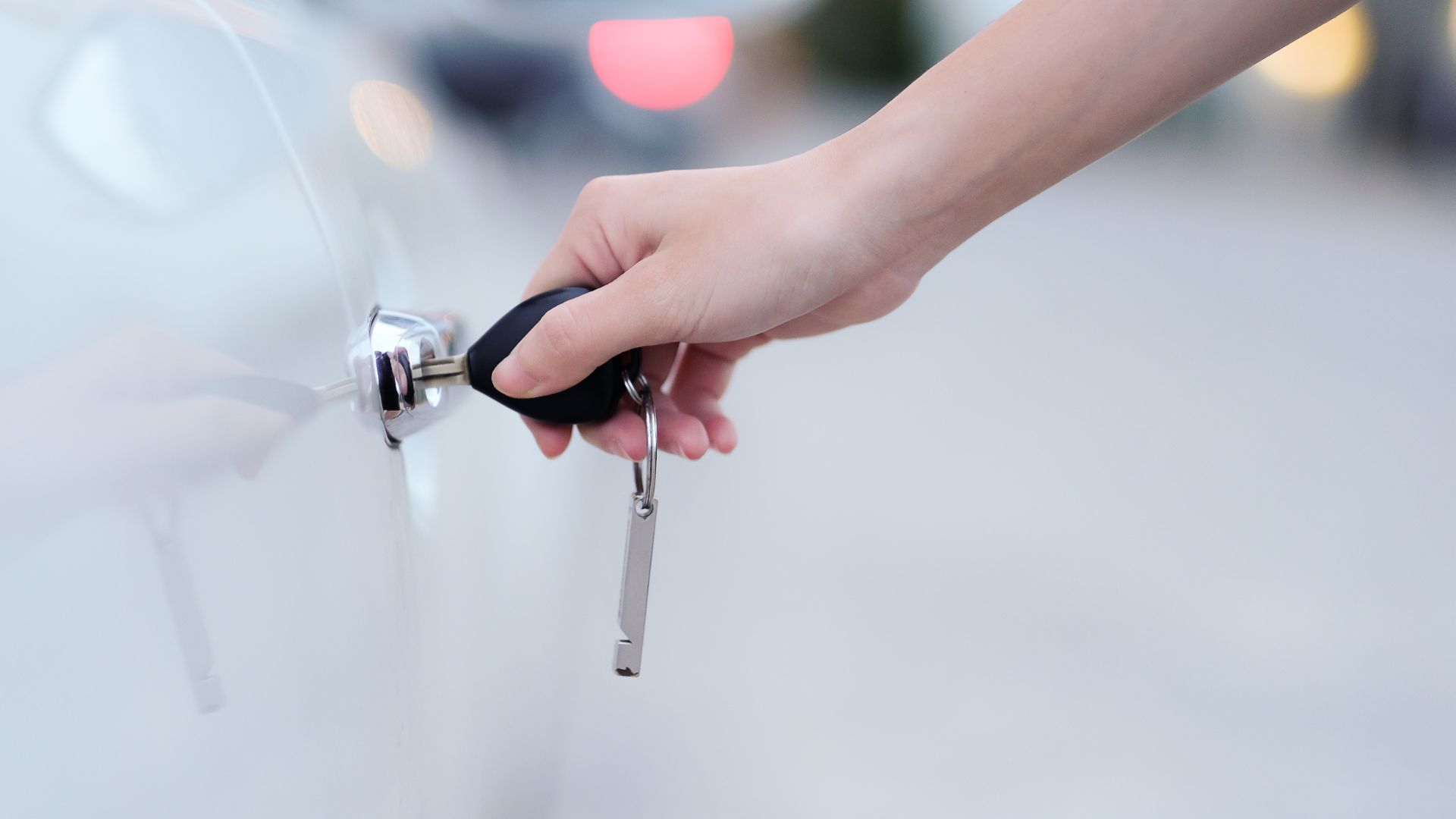
There are numerous ways fraudsters try to dupe used car buyers. Whether it’s the condition of the car itself, or the process of paying for it – you have to be vigilant at every stage.
Vehicle valuation specialist HPI has compiled a list of the methods car sales scammers use. Here are the six main issues to be aware of.
Clocking
It’s the oldest trick in the book. For as long as cars have been on the road, those selling them have been winding back mileage. Fewer miles mean more money, after all.
Clocking is less of a problem with modern cars. MOT history checks via the government website can usually show you the progress of a vehicle’s mileage over the years.
Needless to say, if it goes from 70,000 to 30,000 between one MOT and the next, drop it like a hot potato. You should expect a documented service history with any car you buy, so use this to double-check.
Cut-and-shut
One of the most dangerous scams, being the victim of a cut-and-shut means your car could be unsafe to drive.
A cut-and-shut is a crashed car that has been welded together with a donor car. Needless to say, structural strength often isn’t up to par.
Inspect the car you’re buying closely. Look at door shuts and panel gaps to see if they’re tight and even, then examine the chassis underneath.
Cloning
Cloning is a bit less ‘Dagenham Dave’ and a bit more ‘organised crime’. It involves a car being stolen and given the identity of an identical model that isn’t stolen.
It likely won’t come with a V5 registration document, so that’s your first warning sign. If you’re not sure, call the DVLA to confirm the V5 is genuine.
Ringing
Similarly to cloning, a stolen car is given a new identity by a scammer. The difference here is that the identity is from a car that’s been written off. Yet another reason to be cautious around cars with crash categorisations such as ‘Cat D’.
Make sure the chassis number matches the V5, and that the vehicle identification (VIN) plate hasn’t been tampered with.
Aim to match the address where you view the car with the V5, too. If you have a stolen car, the police will seize it and you’ll be out of pocket, regardless of who is at fault.
Hire car fraud
It’s as simple as it sounds. This involves a scammer hiring a car and then selling it to you.
In other words, it’s the sale of a stolen car. Carry out all the basic checks, including the V5 document, and walk away if there isn’t one.
- Millions buy their first cars without checking them over

Deposit fraud
Deposit fraud is where a scammer will pressure you to send money in advance, especially if you can’t view the car right away.
It’s a technique used by long-distance fraudsters, and indeed people selling parts as well as cars. If you must send a deposit, get a receipt.
Even deposit-holding third-party services can be risky. Make sure any service you use is registered and approved by Trading Standards.

